 Visit Peru and discover its highlights from Lima to Cusco on an exciting journey that encompasses modern cities and ancient worlds. Explore Peru's lush Amazon Jungle, the epic Lake Titicaca and the vast Colca Canyon. Enjoy local homestays, hike the famed Inca Trail and be immersed in fascinating Peruvian culture while discovering its history buried deep within the walls of lost cities.
Amazing wildlife, both on land and underwater, is the drawcard of the remote Galapagos Islands. Tour the Galapagos' outstanding natural beauty and interesting history by foot, boat and bike on this active adventure. Trace Darwin's theory of evolution, spot colourful, bizarre and beautiful creatures and have an experience that is completely out of this world as you discover the incredible Galapagos Islands.
Visit Peru and discover its highlights from Lima to Cusco on an exciting journey that encompasses modern cities and ancient worlds. Explore Peru's lush Amazon Jungle, the epic Lake Titicaca and the vast Colca Canyon. Enjoy local homestays, hike the famed Inca Trail and be immersed in fascinating Peruvian culture while discovering its history buried deep within the walls of lost cities.
Amazing wildlife, both on land and underwater, is the drawcard of the remote Galapagos Islands. Tour the Galapagos' outstanding natural beauty and interesting history by foot, boat and bike on this active adventure. Trace Darwin's theory of evolution, spot colourful, bizarre and beautiful creatures and have an experience that is completely out of this world as you discover the incredible Galapagos Islands.Highlights
Whether you trek the classic Inca Trail, the Inca Quarry Trail or take the scenic train route, the ancient ruins of Machu Picchu are a majestic destination, no matter how you get there
The floating islands of Uros on Lake Titicaca are a marvel of concept, construction and history. Take a boat tour on the lake and spend the night with a local family in a traditional island community
Explore Cusco, South America's oldest continuously inhabited city. The city has ancient foundations, an interesting blend of Inca and colonial influences and endless things to see and do
The Amazon Jungle is known as the world's lungs. Get a glimpse into a wild place with some of the largest biodiversity on Earth
Get acquainted with the beautiful churches and graceful boulevards of Quito, Ecuador's capital
The Galapagos Islands played a profound role in forming Charles Darwin's Theory of Natural Selection. Explore the islands on this in-depth adventure, coming face-to-face with some of the most extraordinary wildlife on earth
Get your blood pumping as you scale a volcano on Isabela Island, and kayak in beautiful Isabela Bay
Get up close and personal with giant tortoises on Santa Cruz Island. These nearly extinct creatures are one of the greatest drawcards to the Galapagos
This is a land based Galapagos trip, we use locally owned hotels on the islands. On this trip you will have more opportunities to interact with the locals as opposed to staying on a boat.


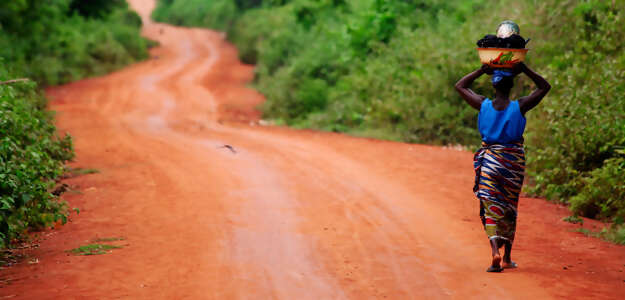

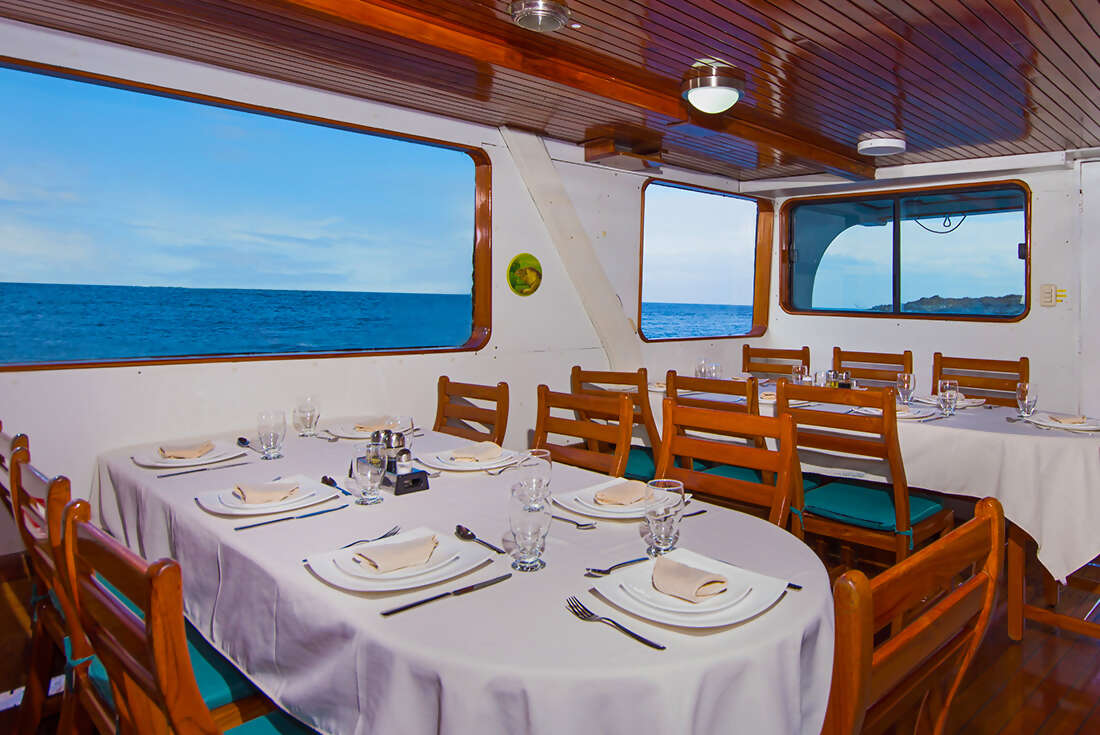

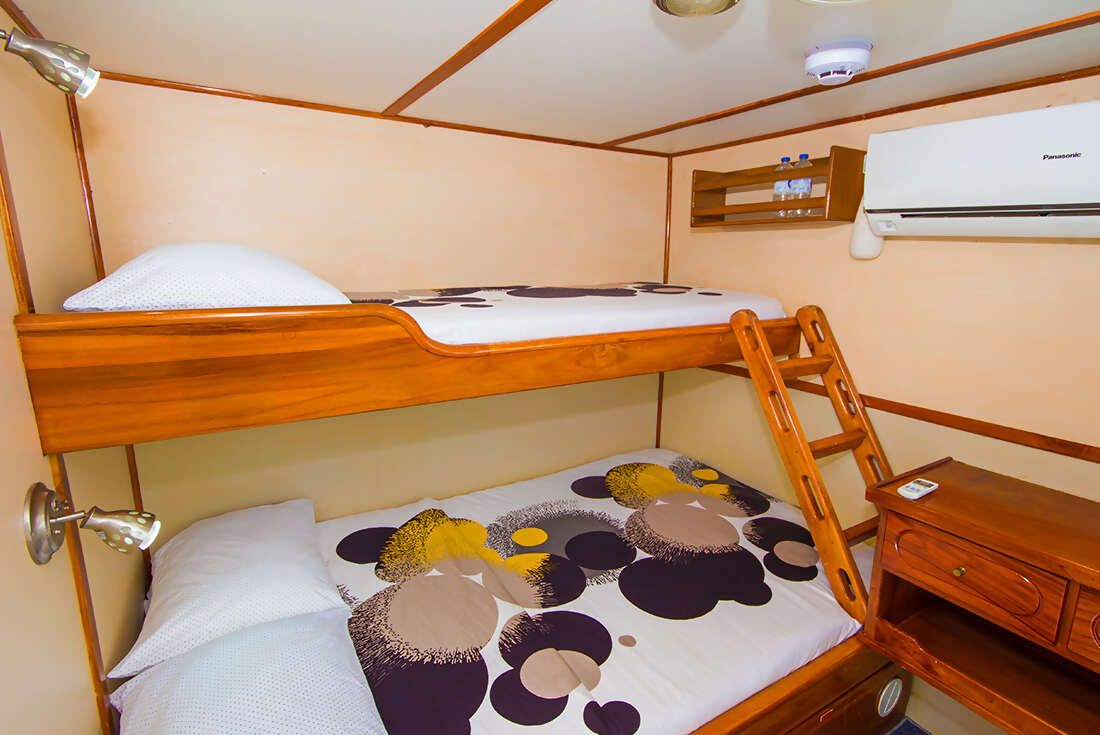

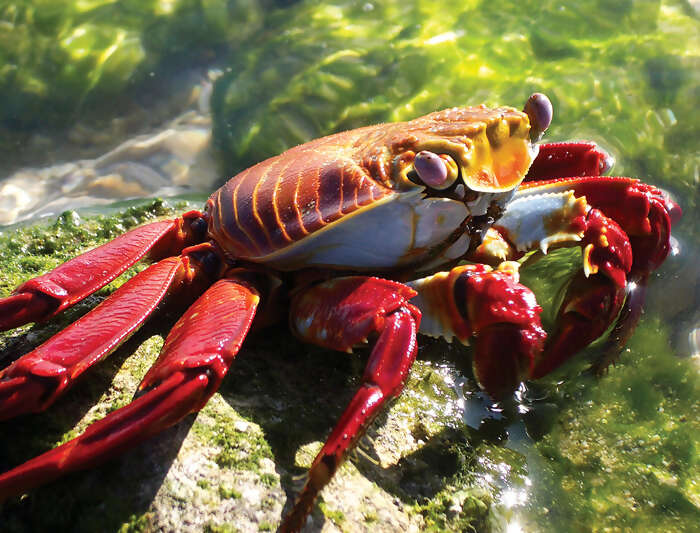

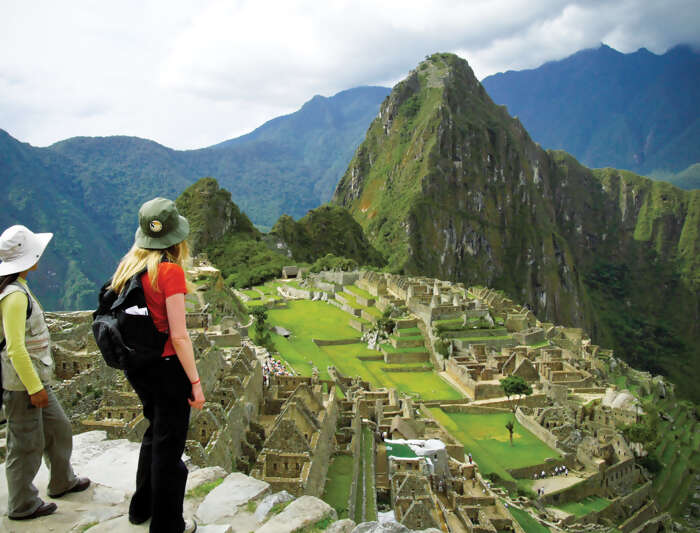




- You will visit the following places:
-

Lima
Lima is the capital and largest city of Peru. It is located in the valleys of the Chillón, Rímac and Lurín rivers, in the central part of the country, on a desert coast overlooking the Pacific Ocean. Together with the seaport of Callao, it forms a contiguous urban area known as the Lima Metropolitan Area. With a population fast approaching 9 million, Lima is the fifth largest city in Latin America, behind Mexico City, São Paulo, Buenos Aires and Rio de Janeiro. Lima is home to one of the largest financial hubs in Latin America. It has been defined as a beta world city by GaWC international rankings. It was founded by Spanish conquistador Francisco Pizarro on January 18, 1535, as La Ciudad de los Reyes, or "The City of Kings."
-

Pisco
-

Arequipa
Arequipa is the colonial-era capital of Peru’s Arequipa Region. It's Peru's second most important city (after Lima), and the second most popular among tourists (after Cuzco). The city was founded on August 15, 1540 by Garcí Manuel de Carbajal as "Villa Hermosa de Nuestra Señora de la Asunción". During the Colonial period, Arequipa became highly important for its economic prosperity and for its loyalty to the Spanish Crown. The historic center of Arequipa spans an area of 332 hectares and is a UNESCO World Heritage Site. Its historic heritage, natural scenery and cultural sites make the city a major tourist destination. Its religious, colonial, and republican architectural styles blend European and native characteristics into a unique style called "Escuela Arequipeña".
-

Cusco
Cusco, often spelled Cuzco, is a city in southeastern Peru, near the Urubamba Valley of the Andes mountain range. It is the capital of the Cusco Region as well as the Cusco Province. In 2013, the city had a population of 435,114. Located on the eastern end of the Knot of Cuzco, its elevation is around 3,400 m (11,200 ft). The site was the historic capital of the Inca Empire from the 13th until the 16th-century Spanish conquest. In 1983 Cusco was declared a World Heritage Site by UNESCO. It has become a major tourist destination, hosting nearly 2 million visitors a year. The Constitution of Peru designates it as the Historical Capital of Peru.
-

Quito
San Francisco de Quito, most often called Quito, is the capital city of Ecuador in northwestern South America. It is located in north-central Ecuador in the Guayllabamba river basin, on the eastern slopes of Pichincha, an active stratovolcano in the Andes mountains. With a population of 1,397,698 according to the last census (2001), and, as estimated by the municipality, approximately 1,504,991 in 2005, Quito is the second most populous city in Ecuador, after Guayaquil. It is also the capital of the Pichincha province and the seat of Metropolitan District of Quito. The canton recorded a population of 1,842,201 residents in the 2001 national census. In 2008 the city was designated as the headquarters of the Union of South American Nations.